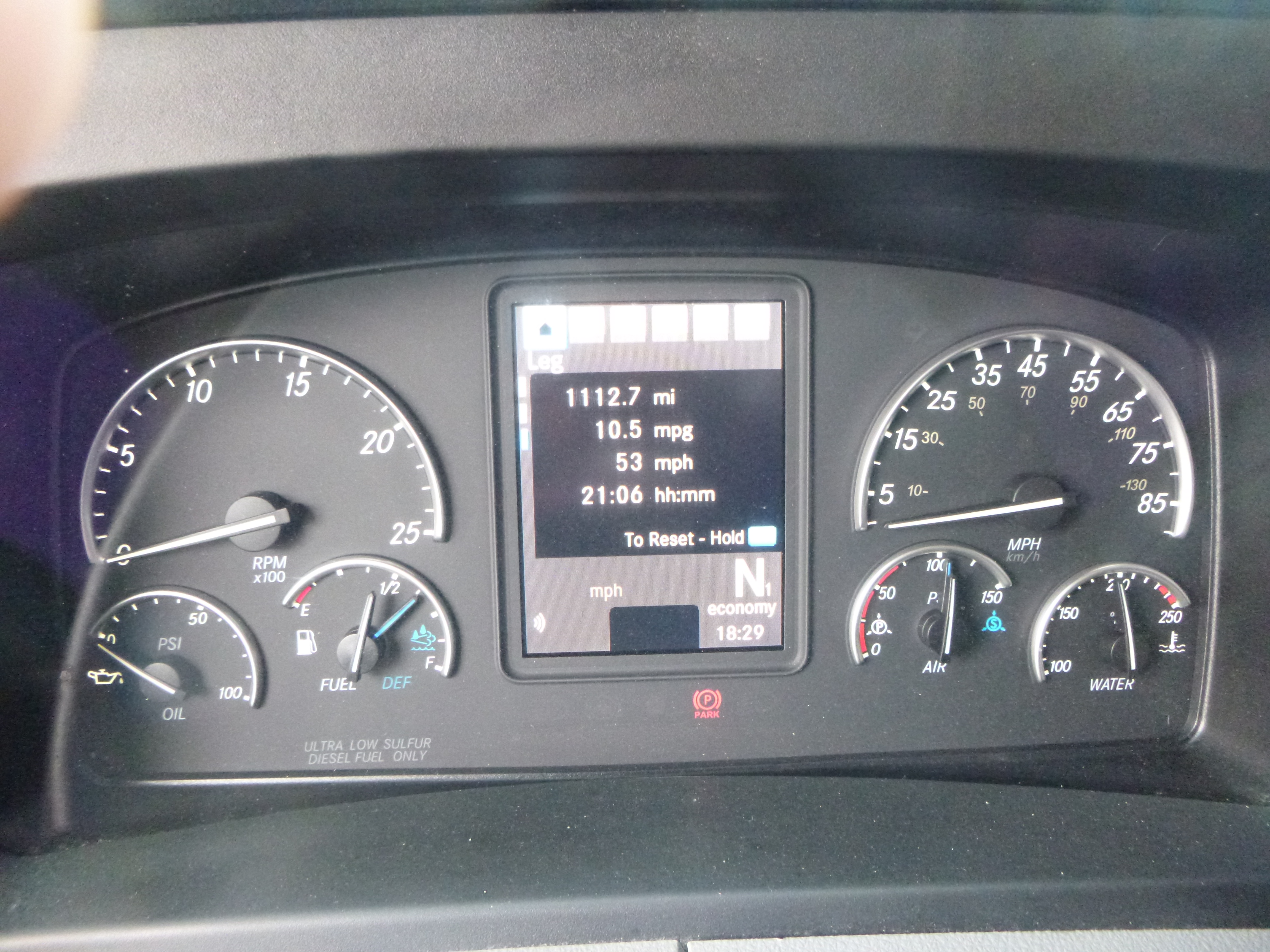.JPG.aspx?lang=en-US&width=600&height=360)
Adequate following distance has always been a safety factor. It has always been a factor in fuel economy as well. The better job that you do of maintaining your momentum, the better your fuel economy will be. The greater your following distance, the less you have to alter your speed. You will get better fuel mileage on an interstate than a city street. That is obvious. The same principal applies when you are changing speeds in traffic.
While following distance has always been a factor, the introduction of collision mitigation systems (CMS) has increased the importance of following distance. Collision mitigation systems are designed as a safety device. Collision mitigation systems reduce rear end collisions. They can also reduce fuel mileage when they engage. Constantly hitting the brakes lowers MPG. It does not matter if it is the driver doing it, or the CMS. Increasing your following distance reduces how often the brakes need to be applied.
The 3.5 second mark is about where the systems start reporting to the driver. If the driver is constantly pushing that 3.5 second edge, the system is more apt to engage. Generally accepted safe following distance is about 4 seconds. Try increasing your following distance to 7 seconds. At 7 seconds you won’t have to alter your speed as much. Most of the time, simply lifting the pedal, or hitting cancel cruise will suffice. You won’t have to hit the brakes as often. Think of the 4-7 second range as your MPG cushion.
The effectiveness of GPS predictive cruise control is enhanced by increased following distance. GPS predictive cruise control does what the best MPG drivers have always done. It plans ahead. The idea is to use gravity to increase MPG. Combined with the DT 12 automated manual transmission it maximizes MPG. The best MPG drivers have always known to let off the accelerator just before you crest a hill and let gravity pull you down. Otherwise you will find yourself using the brakes sooner coming down the other side. I have found that the GPS predictive cruise out anticipates me similar to the way the DT12 out shifts me. Neither one takes a break. They are both constantly calculating. While I may have never thought about taking off in 5th gear with 80,000 lb GVW, the DT12 calculates slope and resistance. GPS does the same thing. I am doing algebra. The machine is doing calculus.
Increasing your following distance is a win on many levels. Our first priority should always be safety. Increasing following distance increases safety, but it benefits you in more ways than that. Increasing your following distance decreases your need to alter your speed. That increases your fuel mileage, which also increases your profit. There is a positive correlation between increasing MPG and decreasing maintenance costs. Simply put, not only does increasing your following distance make you safer, it makes you more profitable.